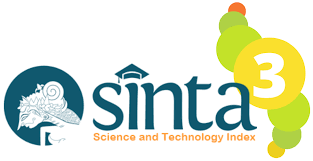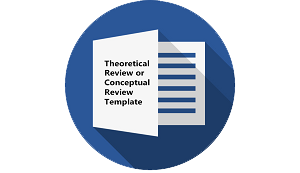REALITAS BAHASA DALAM POSTULAT SAPIR DAN WHORF
DOI:
https://doi.org/10.30957/lingua.v13i2.227Keywords:
Sapir-Whorf, language drift, cultureAbstract
In the field of linguistics, Sapir and Whorf claimed that language and culture are closely related. Language is the reflection of how culture of a community shares. Sapir and Whorf defined two main functions of language in the community.  First, language will change from the original if the language is used far from the center where the language origins. This concept is named as language drift. Second, the characteristics of individuals’ culture are manifested in the language they use. This paper is a brief review on theories of language from Sapir-Whorf that inspires on the development of sociolinguistics and discourse analysis in the era that follows.Downloads
Download data is not yet available.
Downloads
Published
2016-08-27
How to Cite
Yunhadi, W. (2016). REALITAS BAHASA DALAM POSTULAT SAPIR DAN WHORF. LINGUA: Jurnal Bahasa, Sastra, Dan Pengajarannya, 13(2), 169–180. https://doi.org/10.30957/lingua.v13i2.227
Issue
Section
Articles
License
Authors who publish with this journal agree to the following terms:
- Authors retain copyright and grant the journal right of first publication with the work simultaneously licensed under a Creative Commons Attribution-ShareAlike 4.0 International License that allows others to share the work with an acknowledgement of the work's authorship and initial publication in this journal.
- Authors are able to enter into separate, additional contractual arrangements for the non-exclusive distribution of the journal's published version of the work (e.g., post it to an institutional repository or publish it in a book), with an acknowledgement of its initial publication in this journal.
- Authors are permitted and encouraged to post their work online (e.g., in institutional repositories or on their website) prior to and during the submission process, as it can lead to productive exchanges, as well as earlier and greater citation of published work (See The Effect of Open Access).















